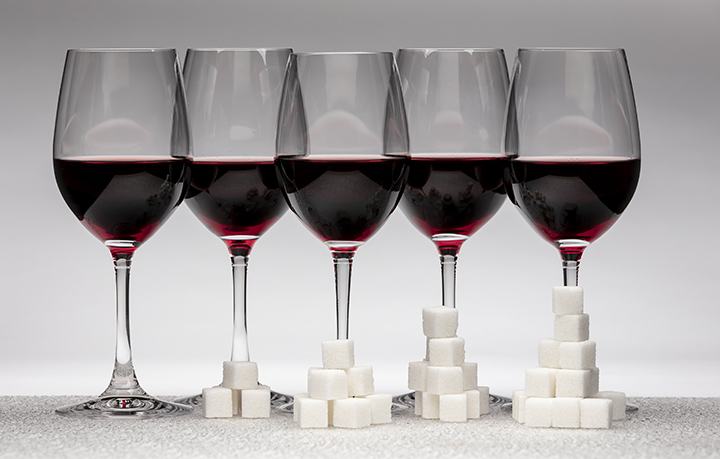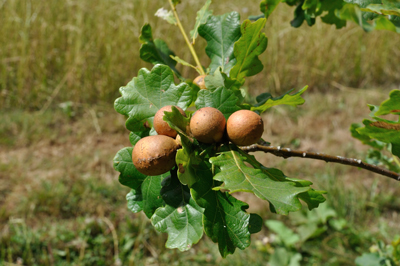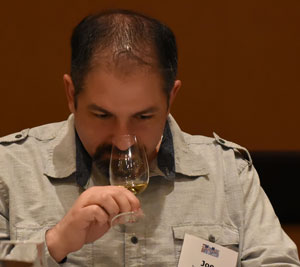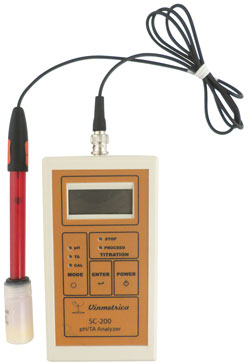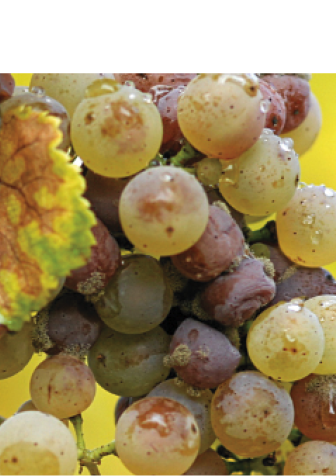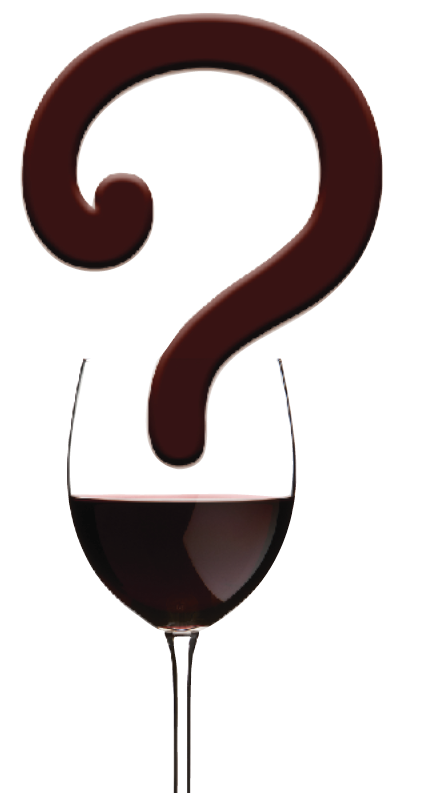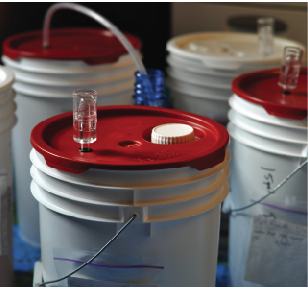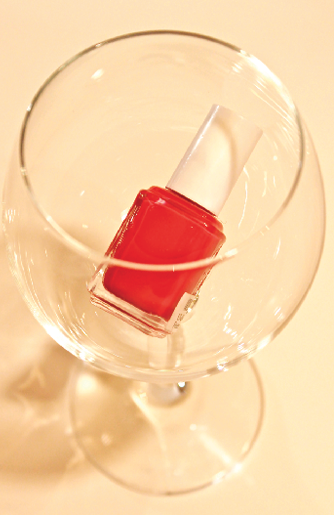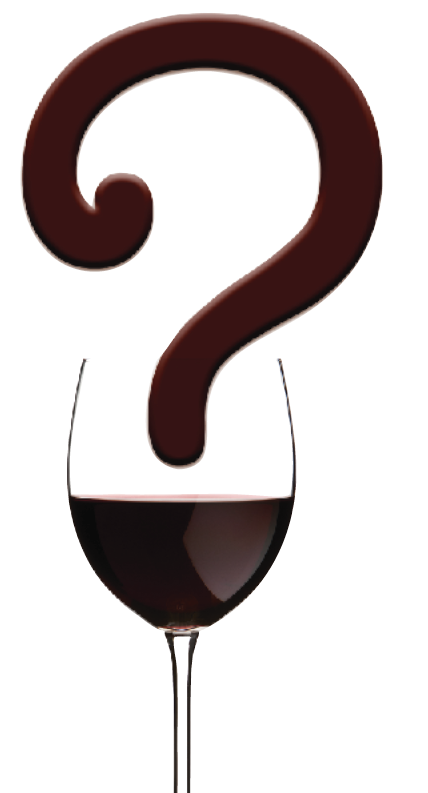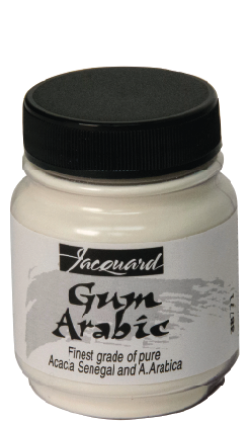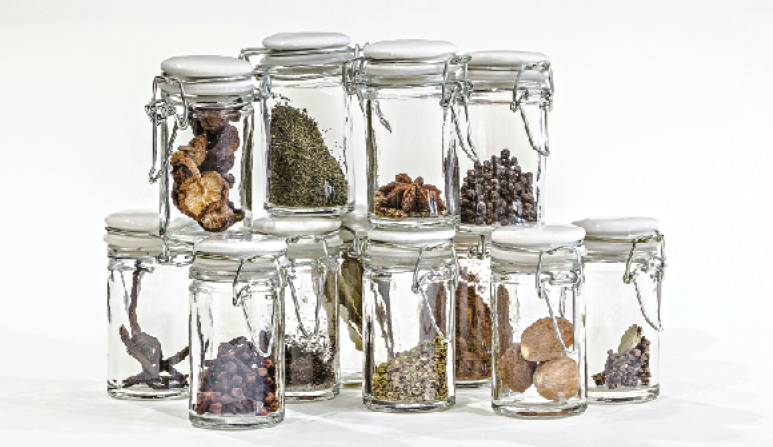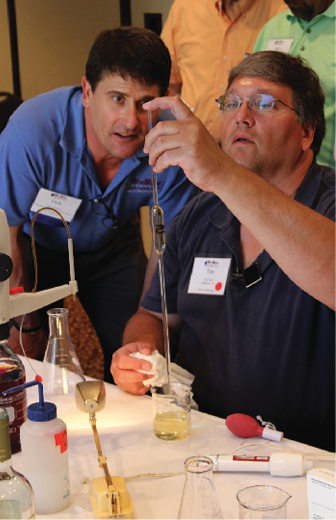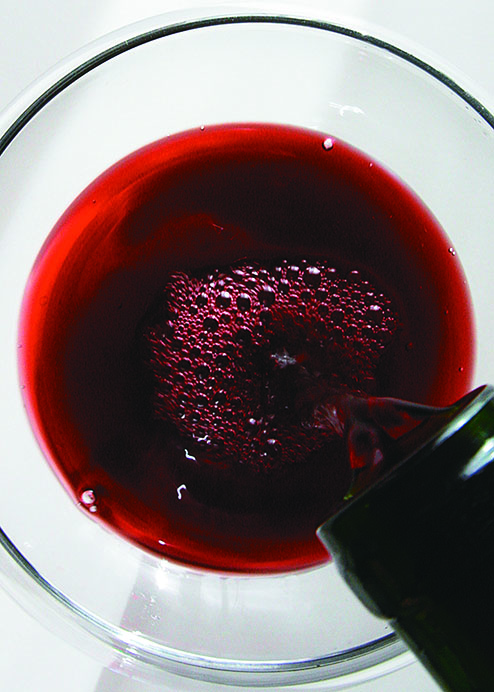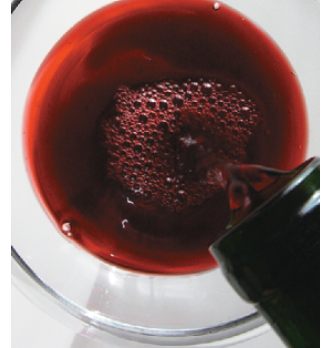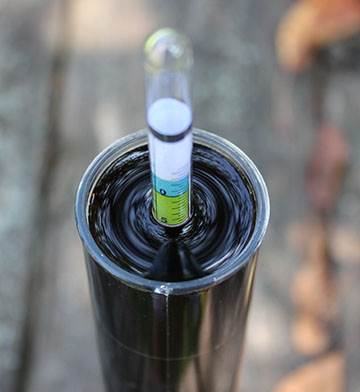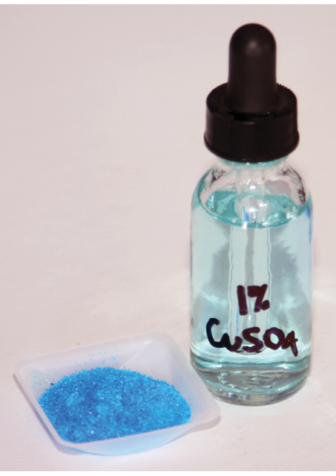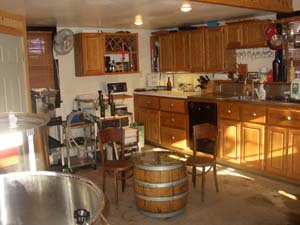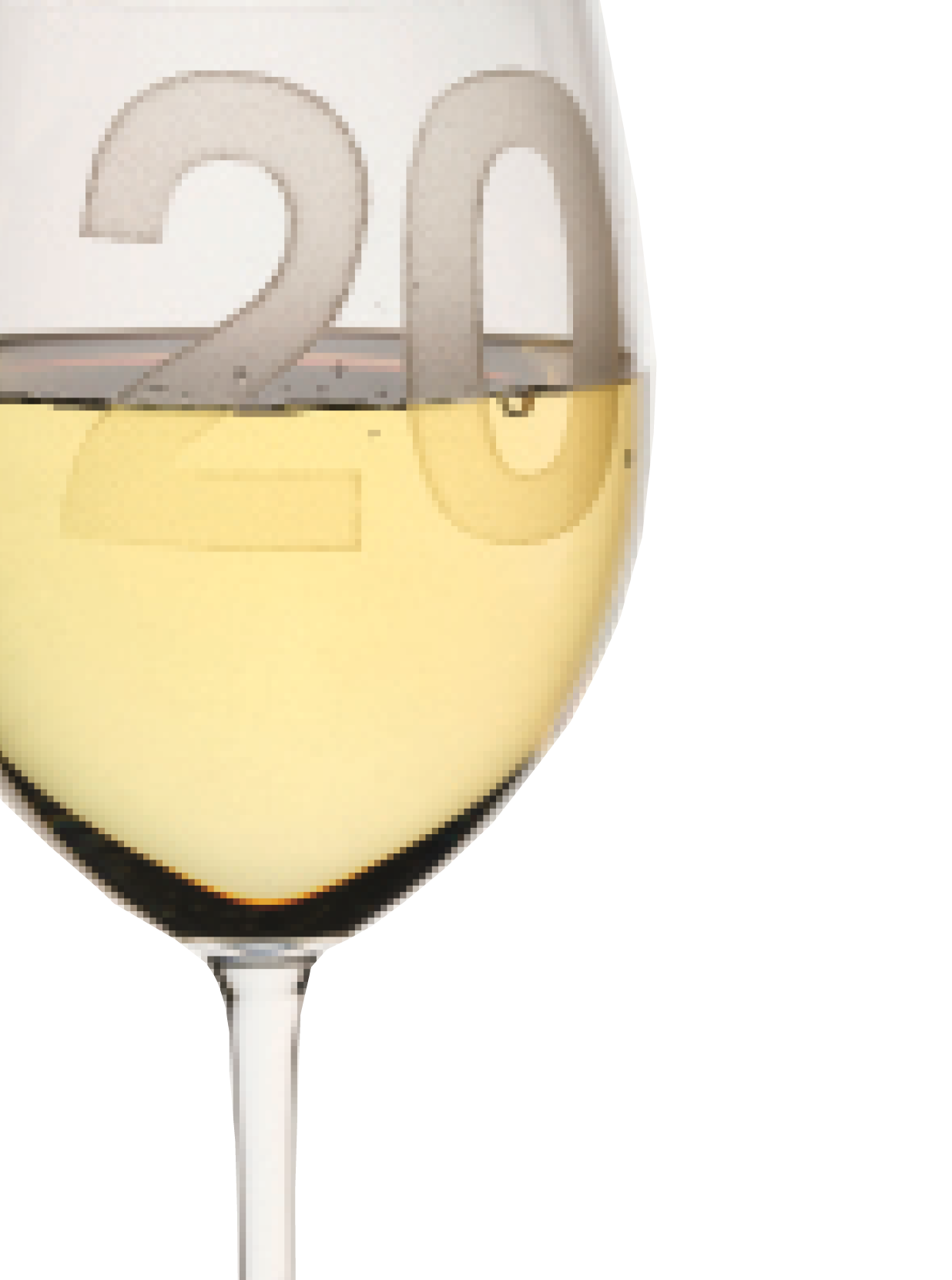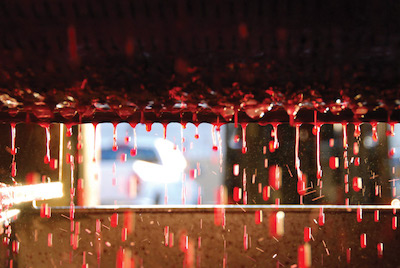Techniques
Topic: Troubleshooting
Chaptalization — How Far Can You Go?
Adding sugar to bring up the Brix is necessary in parts of the world, especially during vintages with heavy rain. A Virginia winery did a study on the impact of adding different amounts and types of sugar, which home winemakers can take a page from when they have low-Brix grapes.
Balancing Wine’s Structure: Techniques to add and remove tannins
Tannins are a big piece of the large puzzle when balancing many styles of wine. It’s important to understand ways to increase or decrease their presence when that balance leans too heavily in one direction or the other.
Classes, Clubs, and Consultants: Getting expert help at home
Feedback is one of the quintessential parts of growing and learning in this hobby. There are many avenues a hobby grape grower and winemaker can take for evaluation and advice, so make sure that you’re looking in the right spots.
Monitoring Your Wine: What to test for and when
There are some winemakers who practice the age-old philosophy that the wine will take care of itself . . . but for those who want to produce the best wines possible, monitoring is key. Bob Peak takes readers through the what, why, and when for testing your wines.
Detecting, Measuring, and Preventing Volatile Acidity
You’ve worked long and hard to craft that awesome red wine but now, you go down to the cellar to taste a sample out of the carboy or oak barrel to see
Troubleshooting Guide for Home Winemaking
A perfect stranger wanting to strike up a conversation about winemaking once came up to me and said, “Making wine is really easy. Don’t believe anyone who says otherwise.” Making wine is
Understanding Oxygen and Oxidation in Winemaking
As budding winemakers, one important principle we heed is protecting juice (must) and wine from oxygen’s baneful effects. But then we learn that yeast needs a “little” oxygen for a good fermentation,
Choosing Corks and Wine Closures
As I walked about the roomful of wine following April’s WineMaker International Amateur Wine Competition judging, I was reminded of how little thought is given to closures. Winemaking problems notwithstanding, this could
Higher Alcohol Off-Odors in Wine
Did you ever create a wine that seemed more viscous than your typical wine, or which may have exhibited heavier fruity odors, or perhaps a solvent-like smell? The culprits may well be
Top 10 Winemaking Myths
As in many practices with a longstanding tradition before the scientific knowledge caught up, the field of wine and winemaking has its share of myths, misconceptions, and sheer quackery.
Fermentation Troubleshooting with Wine Kits
The failure rate of wine made from kits is very low. Looking back at my database for the last 14 years and eliminating the weirder stuff (you simply would not believe how
Gum Arabic: Winemaking’s Secret Weapon
Gum arabic can do so many great things for your wines, from improving mouthfeel, making a thin wine taste fuller bodied, rounding out rough edges of grape tannins, increasing persistence of bubbles in sparkling wine, prolonging the action of metatartaric acid, to treating iron-induced oxidation problems.
Make Your Own Red Wine Aroma Sensory Kit
An aroma kit will help improve your ability to pick out aromas in a glass of wine. You can buy a kit for over $100, or make your own for a fraction of that.
Using Outside Labs to Run Analysis Tests on your Wine
There is lots of information out there about how to run various juice and wine analytical procedures at home if you want to do that. If you do not want to run
Tannin Additions in Wine Kits
Making kit wines doesn’t have to be only about following directions. Improve your wines by using tannin additions at various stages.
Oxidation in Winemaking
The early signs of oxidation are orange to brown colors developing in your wine. In white wine, the same exact wine (pictured above) can go from white (left) to brown (right) if
Oxygen Reduction in Winemaking
Oxidation gets a lot of attention in winemaking — and it should! WineMaker magazine has covered oxidation issues from several different angles over the past few years. While some presence of oxygen
Restart Stuck Fermentations
All home winemakers wish — and strive — for fermentations that go smoothly and completely to the desired finish, usually dry wine. When things go wrong, a frequent problem is a stuck
Controlling Brettanomyces: Tips from the Pros
Brettanomyces has been known to take hold of wines —and entire wineries — destroying countless hours of hard work that was put into creating these wines. However, there are also regions in
Volatile Sulfur Compounds and Hydrogen Sulfide in Wine
If you have ever encountered volatile sulfur compounds in wine, of which hydrogen sulfide is the most common, you know how repulsive the smell can be. Learn the causes and solutions.
Home Winemaking Quality Control
When the editors at WineMaker suggested quality control (QC) for a story, I was delighted to take it on. I have a long personal and professional history with QC and it infuses
20 Home Winemaking Troubleshooting Tips
In a notebook of fermentation hobby records, I have a lab report dated November 3, 1998. That soil pre-plant analysis from Fruit Growers Laboratory marked my start 20 years ago in becoming
Impact of Oxygen on Winemaking
Oxygen’s presence or absence at the various stages of winemaking can have extraordinarily important and lasting effects on what our wines taste like. Too much and you risk oxidation damage, too little and you risk reduction stink. The effects of oxygen on wine, much more so with red wines, may be the most complex and least understood part of the winemaking process.
Troubleshooting Wine Kit Aroma
Before we finish shooting smelly troubles in wine kits we need to do a quick recap of the basics of troubleshooting: Almost all of these issues can be avoided if you carefully
Negative Impacts of Oxygen
Positive effects of oxidation? How can that be? Winemakers know that oxygen negatively affects wine and they process wine with the utmost care to prevent oxidation. Two common winemaking practices that have
